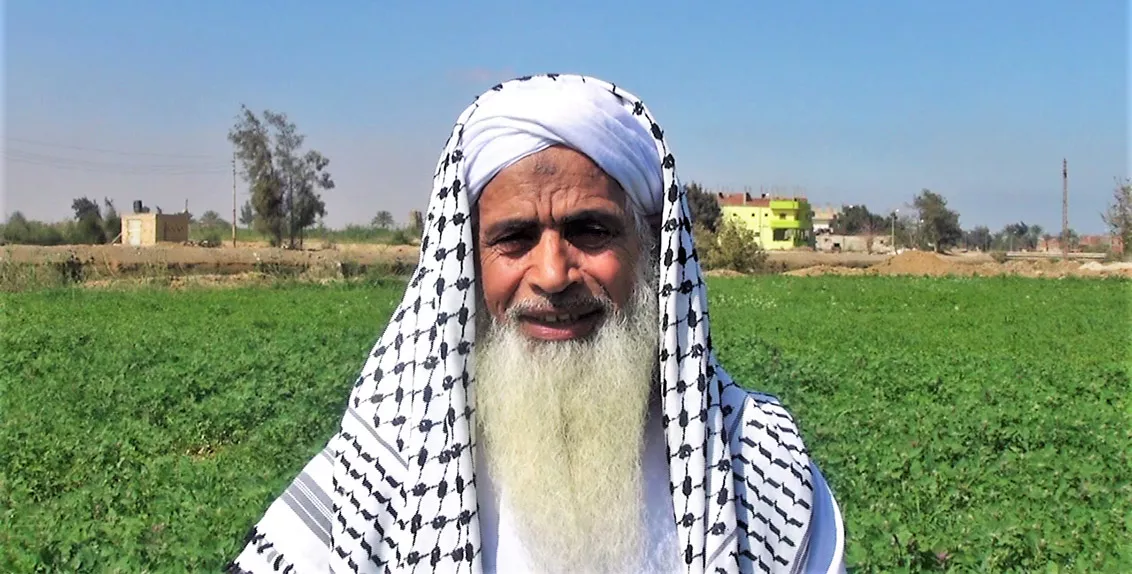How quinoa is changing farmers’ lives in Egypt’s salt-affected areas
Agriculture accounts for a large part of Egypt’s gross domestic product. In 2018 it contributed around 11.2 percent to the country’s economy, totaling some 13.2bn USD. As important as it is, however, the sector is still faced with many problems.
One is soil salinity. It remains a major constraint to agricultural productivity in many areas. As a result, smallholder farmers suffer from low yields and thus make meagre profits if any.
Suez, a seaport city in northeastern Egypt, is one of the areas highly affected by salinity. Much of the land in and around Suez has high levels of salinity and alkalinity, a problem exacerbated by the city’s proximity to the Suez Canal.
As a center focused on the problems of soil and water salinity, the International Center for Biosaline Agriculture (ICBA) initiated in 2010 collaboration with local authorities and stakeholders to help local farmers manage the problem better through biosaline agriculture, a farming approach including, among other things, the cultivation of salt-tolerant crops.
As part of this collaboration, ICBA implemented two projects to tackle soil salinity in the area, helping to reclaim about 63 ha of previously uncultivable land and improving the livelihoods of many local farmers.
One of them is Abdulrady, an elderly farmer whose 8.4-ha farm had suffered from salinization for years. With few resources, Abdulrady was helpless, watching his farm turn infertile over the years.
“I lacked the expertise to deal with this problem on my farm. The soil was highly saline,” he says.
“One day I heard about a biosaline agriculture project that was coordinated by the Desert Research Center, and immediately reached out to them. The research team was very responsive. They inspected the soil, analyzed the water, and advised me to grow quinoa,” he adds.
That was the first time he learned about quinoa, a super crop from the Andes which can grow on saline soil with little water.
“The team explained to me that quinoa is a promising crop and told me about all of its advantages as a salt-tolerant plant. I was intrigued and signed up for it!” he continues.
As part of the projects, Abdulrady also regularly attended farmer field schools (or field training programs for farmers). In 2013 alone, eight farmer field schools were conducted benefiting many farmers like Abdulrady.
Although the projects completed in 2018, their impact is still seen in the lives of the farmers who were part of them.
“I was lucky to have benefited from the team’s comprehensive training on farming, harvesting, post-harvest processing, and even marketing of the produce,” he smiles.
Since then, Abdulrady has been growing quinoa. Today he earns enough from his farm to provide for his six-strong family.

